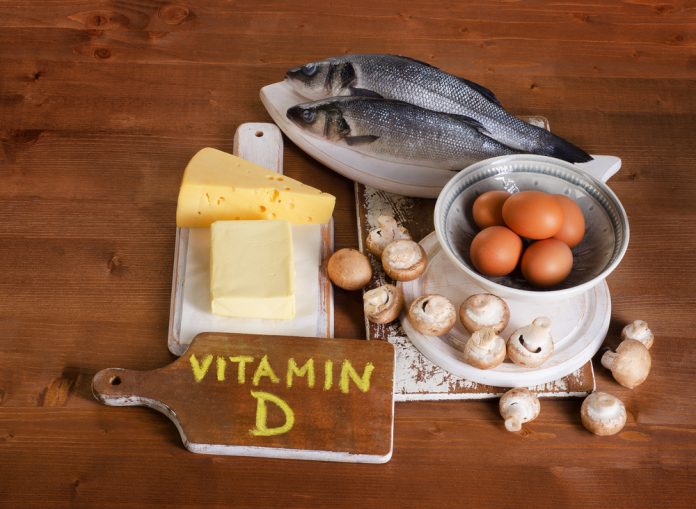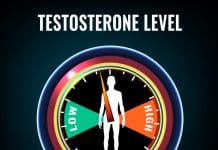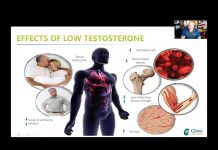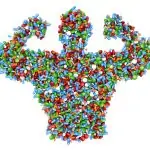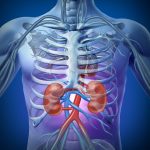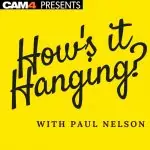Serum vitamin D levels and hypogonadism in men.
Sources of Vitamin DLerchbaum E, et al.
Andrology. 2014 Jul 16. doi: 10.1111/j.2047-2927.2014.00247.x. [Epub ahead of print]
AbstractThere is inconsistent evidence on a possible association of vitamin D and androgen levels in men. We therefore aim to investigate the association of 25-hydroxyvitamin D (25(OH)D) with androgen levels in a cohort of middle-aged men. This cross-sectional study included 225 men with a median (interquartile range) age of 35 (30-41) years. We measured 25(OH)D, total testosterone (TT) and SHBG concentrations. Hypogonadism was defined as TT <10.4 nmol/L. We found no significant correlation of 25(OH)D and androgen levels. Furthermore, androgen levels were not significantly different across 25(OH)D quintiles. The overall prevalence of hypogonadism was 21.5% and lowest in men within 25(OH)D quintile 4 (82-102 nmol/L).
We found a significantly increased risk of hypogonadism in men within the highest 25(OH)D quintile (>102 nmol/L) compared to men in quintile 4 (reference) in crude (OR 5.10, 1.51-17.24, p = 0.009) as well as in multivariate adjusted analysis (OR 9.21, 2.27-37.35, p = 0.002). We found a trend towards increased risk of hypogonadism in men within the lowest 25(OH)D quintile (≤43.9 nmol/L).
In conclusion, our data suggest that men with very high 25(OH)D levels (>102 nmol/L) might be at an increased risk of hypogonadism. Furthermore, we observed a trend towards increased risk of hypogonadism in men with very low vitamin D levels indicating a U-shaped association of vitamin D levels and hypogonadism. With respect to risk of male hypogonadism, our results suggest optimal serum 25(OH)D concentrations of 82-102 nmol/L.
Recent Posts
Water Retention Caused by Anabolics and Testosterone
I think Patrick Arnold makes a great point about a potential mechanism for edema that has nothing to do with elevated estradiol.
People familiar with...
Kidney Function 101
What Is Creatinine and Creatinine Clearance?
Creatinine is a waste product that is produced continuously during normal muscle breakdown. The kidneys filter creatinine from the...
How to Increase Testosterone Naturally
How to Increase Testosterone Naturally
By Nelson Vergel
Author
Testosterone: A Man's Guide
There are several life style, nutritional and other factors that can increase testosterone production by...
Trimix Injections for Hard Erections- Part 2
Successful Self Penile Injection with TRIMIX
Hints, Questions and Answers
Written by the UCSF
This document was prepared to make the process as easy and painless as...
Interview with NYC Urologist Dr. Michael Rotman
Michael Rotman, MD, is a board-certified Urologist who offers his patients over two decades of expertise. He graduated from the Mount Sinai School of...


